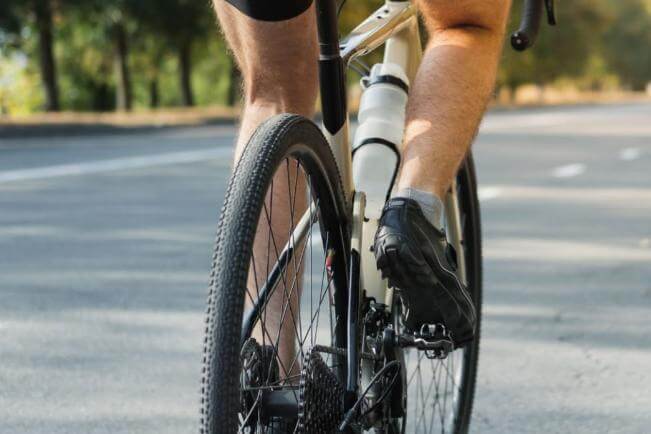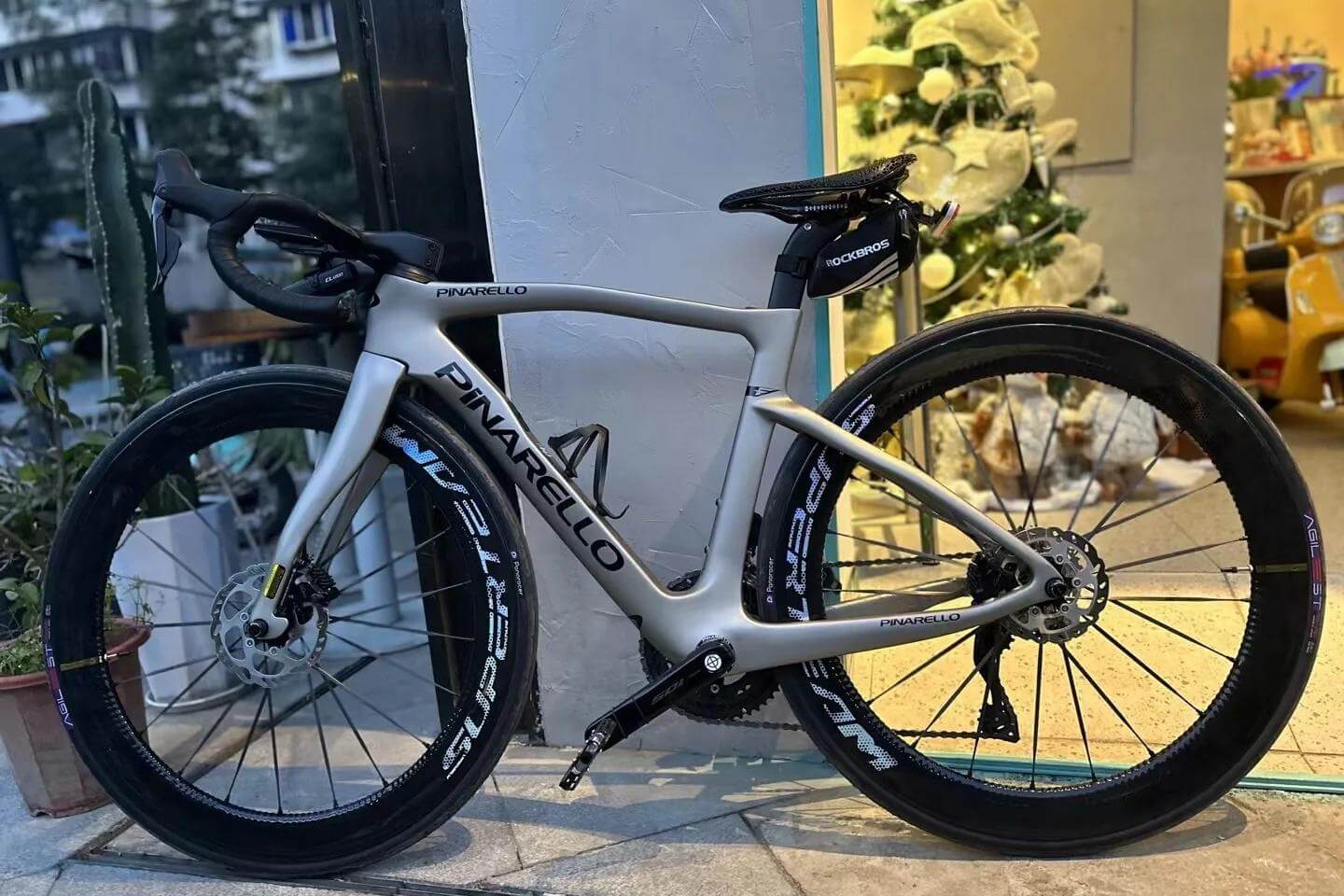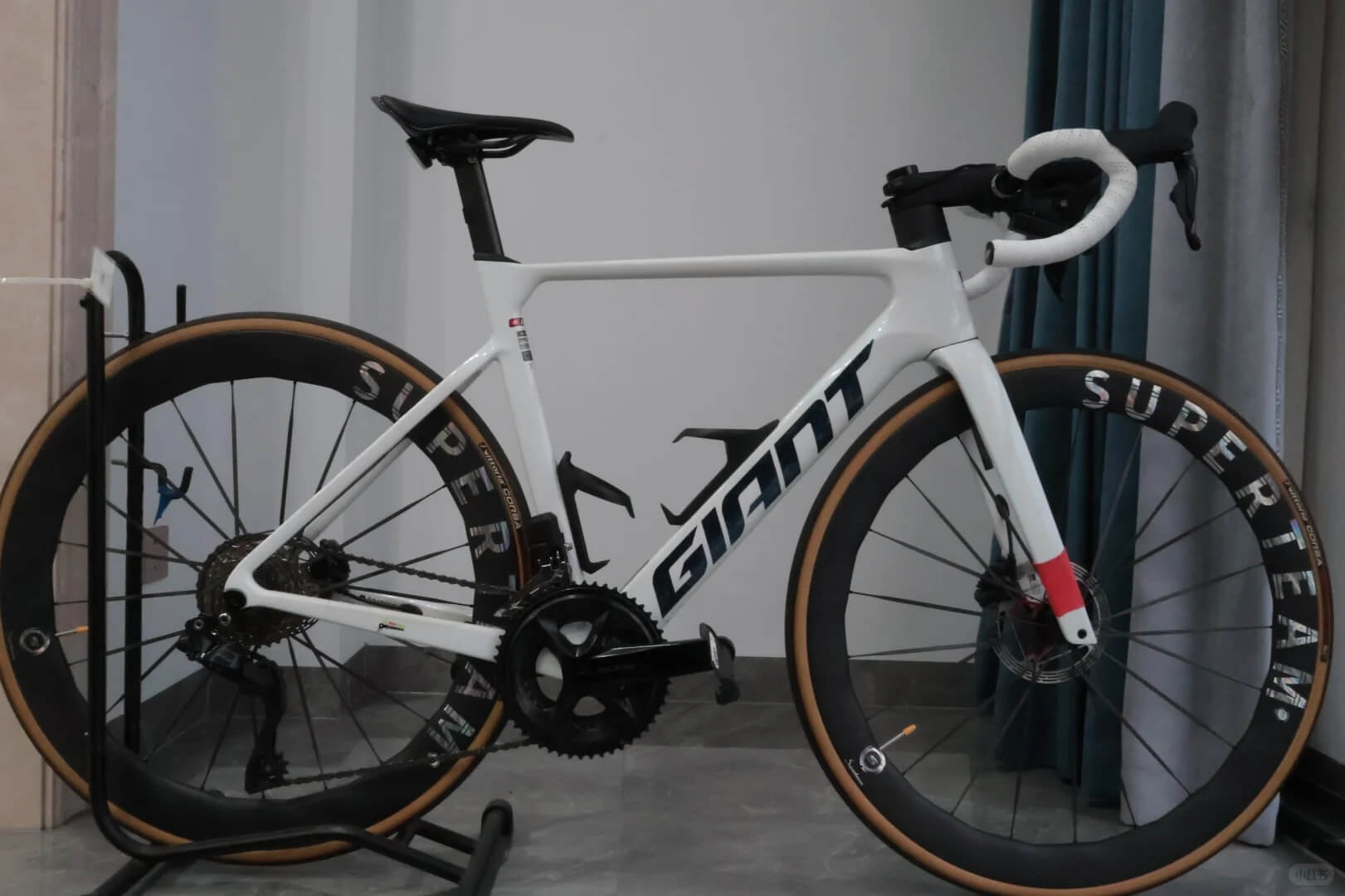Flat tires are a common problem that almost every cyclist will encounter. Whether you're on the road, gravel paths, or daily commutes, a flat tire can not only disrupt your ride but also pose safety risks. Especially when descending at high speeds or during intense rides, a flat tire can have serious consequences.
This article will walk you through how to reduce the risk of flats and provide practical protection advice and tire inspection tips to help you ride with peace of mind and avoid unnecessary troubles.
I. Common Causes of Flat Tires
Foreign objects puncturing the tire
Glass shards, sharp stones, and metal debris on the road can all pierce the tire.

Aging or severely worn tires
Worn tread patterns and cracked tire sidewalls significantly increase the chance of a flat.
Improper tire and rim combination
Tires that are too narrow or too wide for the rim can cause uneven tire pressure or damage to the tire structure.
Incorrect tire pressure settings
Low pressure: prone to pinch flats and increased rolling resistance.
High pressure: the tire becomes stiffer and more easily punctured by sharp objects.
Installation errors
Inner tubes can get pinched during installation, or the tire may not be fully seated, both of which can cause flats shortly after riding.
II. How to Effectively Prevent Flat Tires?
1. Choose More Puncture-Resistant Tires

For daily training and commuting, prioritize tires with built-in puncture protection layers.
If you're riding on rougher surfaces, opt for wider and thicker tires.
2. Use Tubeless Tires
Tubeless tires can significantly reduce the chance of flats. When paired with sealant, even small punctures can self-seal quickly.
Advantages:
Lower tire pressure for better comfort and grip
Small punctures seal automatically, less likely to lose air suddenly
Recommended for: gravel bikes, endurance road cycling, commuting on rough roads
3. Maintain Correct Tire Pressure
Road bike recommended pressure: typically between 80-110 PSI, adjusted based on weight and road conditions
Gravel bike recommended pressure: 30-60 PSI, focusing on comfort and grip
Low tire pressure increases the risk of pinch flats, while high pressure makes the tire more susceptible to punctures.
Tip:
Check your tire pressure before each ride to ensure it is within the proper range.
4. Regularly Inspect Tire Condition

Key inspection points:
Check for small stones or glass shards embedded in the tread
Look for cracks, bulges, or signs of aging on the sidewalls
Check for severely worn tread patterns
Clean the tire surface promptly after rides to prevent foreign objects from penetrating further.
5. Properly Install Tires and Inner Tubes
Ensure the tire is fully seated during installation, and the inner tube is not pinched
Slightly inflate the inner tube before installation to reduce the risk of pinching
Make sure the tire width matches the rim properly to avoid tire damage
If you’re unsure how to install, you can watch our tire replacement video here: https://superteamwheels.com/pages/usage-guide
III. Practical Protection Tips

Use puncture-resistant inner tubes, such as reinforced Butyl tubes or inner tubes with built-in sealant
Always carry a toolkit: portable pump, tire levers, spare tube, patch kit
Replace worn tires regularly, especially when the tread is flat or cracks appear
Slow down when riding through gravel roads or construction areas, and avoid sharp objects when possible
IV. Conclusion
Flat tires cannot be completely prevented, but by choosing the right tires, installing them correctly, maintaining proper tire pressure, and conducting regular inspections, you can significantly reduce the likelihood of them occurring.
Remember:
Check the tire tread and pressure regularly, and promptly remove debris
Choose puncture-resistant tires or consider tubeless setups
Be meticulous when installing inner tubes to avoid pinching or rim damage
Always carry emergency flat repair tools in your bag for peace of mind
Preventing flat tires is always better than fixing them on the road.




Dejar un comentario
Todos los comentarios se revisan antes de su publicación.
Este sitio está protegido por hCaptcha y se aplican la Política de privacidad de hCaptcha y los Términos del servicio.